OLED TV: Three premium new entries change the game
Much-improved models from LG, Samsung and Sony reshape the way consumers will pick TV sets in 2023 and beyond
KOSTAS FARKONAS
PublishED: April 22, 2023
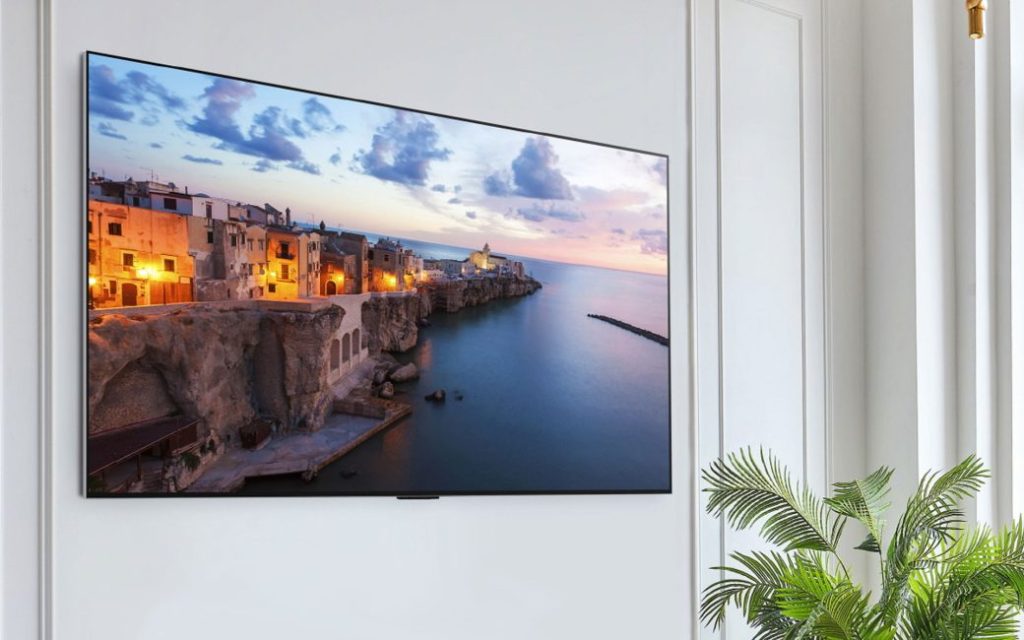
Hey, hang on a minute! Could this… could this really be happening at long last? Well, it certainly seems that way: OLED TVs are about to have a moment and a certain target group — early adopters and demanding consumers — are sure to enjoy it. You see, for the better part of a decade OLED display tech offered the kind of beautiful, cinematic results demanding consumers and picture quality aficionados simply loved… as long as TVs built around it were not placed in a bright room.
The limitations of these TVs in terms of both full-screen and highlight brightness, their always contesting with strong environmental light and taking a significant hit in contrast most of the time, was the reason why us tech reporters had to put that necessary asterisk in our reviews: “This OLED TV model or that OLED TV model is amazing, just make sure it’s used in a dark room or a room where lighting can be easily controlled”.
It’s no coincidence that, in the context of the same reviews, if these were not the watching conditions under which consumers were planning on using the new TV they were shopping for, then we tech reporters had no choice but to recommend a good LED/LCD model instead of an OLED one. It was that simple.
Well, that’s not the case anymore — which is great! There are still a few things to keep in mind, though, when choosing one of the most recent, most advanced OLED models that change the game of choosing a quality TV set in 2023.
Samsung and LG overpromise but, at long last, largely deliver
The improvements OLED TVs needed in order to change the way they are positioned in the global market come from those two great Korean tech manufacturers and adversaries: LG and Samsung. The former has always reigned supreme in the OLED space, being the only manufacturer producing the panels every “traditional” OLED TV is built around, while the latter ended that reign last year when it introduced QD-OLED: an improved version of the same basic tech that offered a number of advantages.
So this year LG and Samsung are at it again, as the former mounts a counter-attack with its MLA OLED panels and the latter seeks to maintain momentum with its second-generation QD-OLED ones. It’s the kind of clash the TV market sorely needed in order to move forward in a meaningful way and, surely, competition seems to have worked wonders for consumers looking to buy an OLED TV this year.
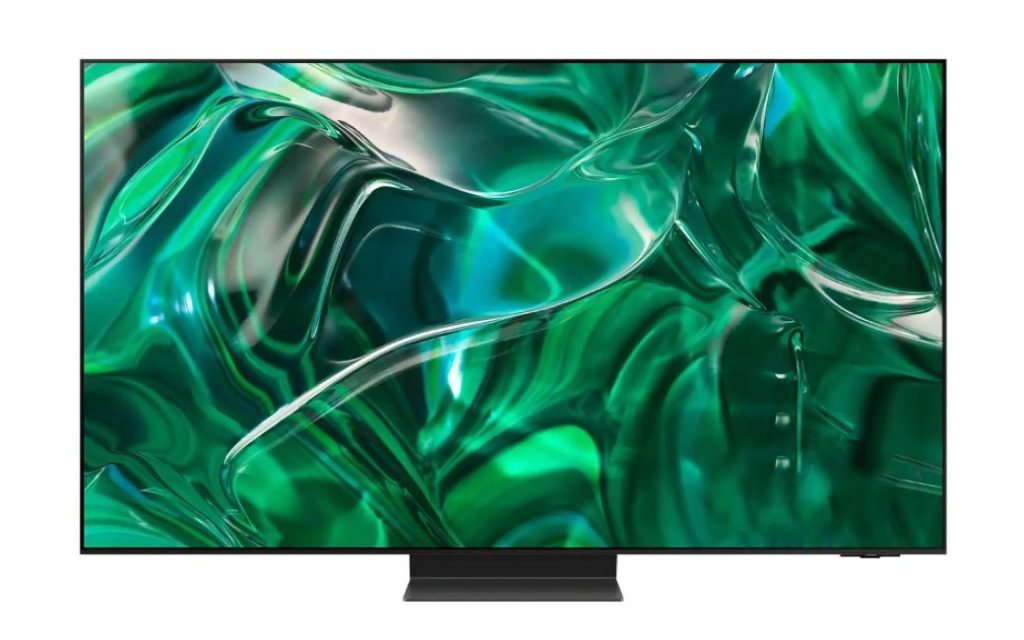
Samsung was already in a good place with its 2022 QD-OLED TV, so the company did what it was more or less expected of it: at CES 2023 it announced a more affordable version of the same TV — the 2023 S90C is basically the 2022 S95B sporting some improvements here and there — as well as a premium, new version (the S95C) that’s promising to offer higher performance coupled with a classy design and extended functionality. The most important aspect of that promised higher performance is — you guessed it — a considerable jump in brightness: Samsung Display, the company actually putting together the QD-OLED panels used in every TV of this kind so far, talked at length about how its 2023 screens can reach peak brightness of up to 2000 nits (!), way more than any OLED panel, of any type, had ever reached in the past.
LG made the exact same promise in the exact same context, though: during CES 2023 it confirmed that its newest, most performant OLED screens to date, the ones relying on MicroLens Array (MLA) technology, are also capable of producing over 2000 nits of brightness. It’s worth noting that, in LG’s case, that jump in brightness that its premium G3 model is making this year is even more dramatic, as no other OLED TV the company has ever released got close to breaking the 1000-nit barrier where it counts: in a 10% window of white, in FilmMaker mode (Samsung’s S95B managed around 1050 nits in the same mode last year).
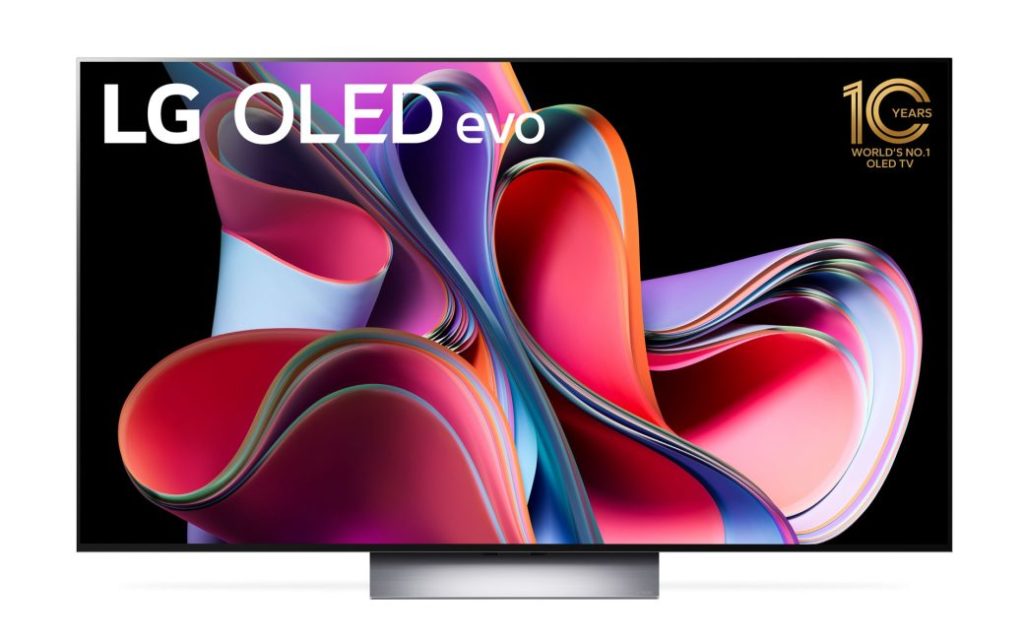
Well, the first reviews of those two new premium OLED TV models — Samsung’s S95C and LG’s G3 — are in: they are both spectacular, they are markedly improved in several areas over their predecessors and, what’s more, they do keep the promise of offering considerably higher brightness than ever before. They technically do, anyway: both can indeed reach 2000 nits of brightness when displaying HDR content, in highlights and for brief amounts of time, but they are only able to do it in picture modes that are not color-accurate, such as Vivid, and/or after tinkering with their service menus. It’s a pretty astonishing feat, to be sure, but few people willing to put down considerable amounts of money for a brand new 2023 OLED TV will actually use Vivid mode for more than a few minutes or risk tinkering with service menus.
After proper calibration, though, in FilmMaker mode — this is the one demanding consumers, apart from gamers, are most interested in after all — both the LG G3 and the Samsung S95C still manage to offer around 1400–1500 nits of brightness in a 10% window. This is absolutely fantastic and, frankly, unheard of in the world of OLED. They even manage to break the 250-nit barrier in full-screen brightness, in SDR as well as in HDR: not only is this amazing for OLED TVs, but also important (a) to people who watch typical over-the-air television content daily and (b) to sports fans, who usually complain about OLED TVs being “too dim” for their liking.
On that front, both TVs also do a better job at sustaining high brightness for longer periods of time: this means that the unpleasant side-effect of the picture “dimming down” sometimes, in order to protect the OLED screen of such a TV, is largely dealt with too this year.
What do 2nd-gen QD-OLED and MLA OLED mean for consumers?
So what do all those numbers actually mean in practice, in real-world use, with real-world content, coming from this new wave of OLED TV models? Well, a couple of things, but mainly this: armed with the ability to pump out around 1500 nits of brightness in a color-accurate picture mode, the LG C3 and the Samsung S95C are the first OLED TVs that can finally — finally! — be enjoyed practically everywhere with no asterisks, no “ifs” or “buts”. There’s no need for a dark room or even a low-light room anymore: these new OLEDs can work as well as most LED/LCDs in typical lighting conditions, which is a first and a refreshing change.
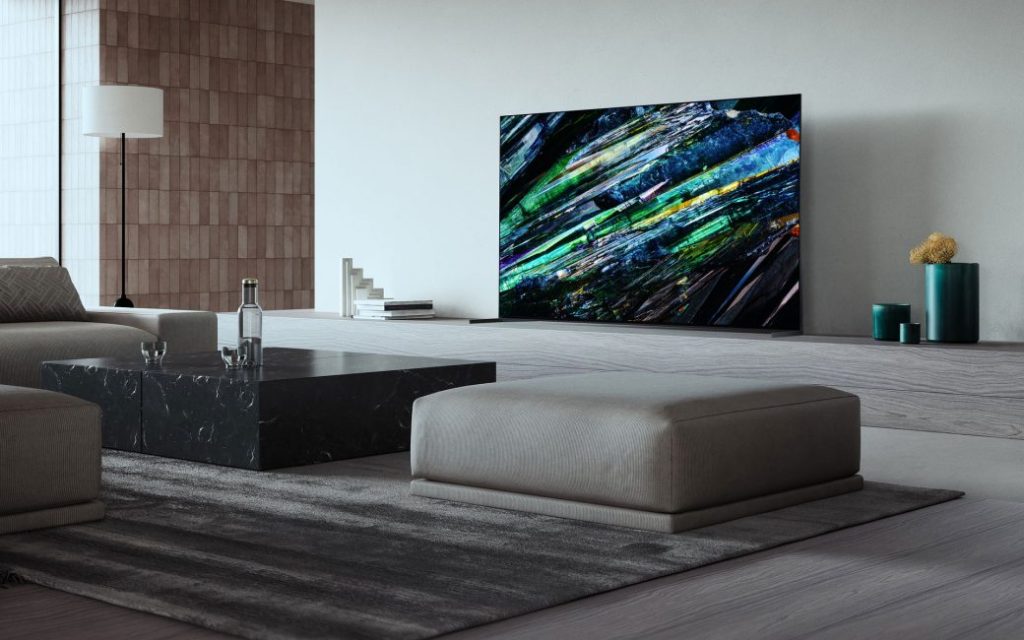
If one wants to be extra fussy about it, well yes, should a G3 or an S95C be placed directly opposite a large window on a sunny day, its picture contrast would take a hit. But, then again, that holds true for almost any other TV out there today: only certain “photon cannons” LED/LCD models, exceeding 3500–4000 nits of brightness, can withstand that much direct sunlight hitting their screens. Not only are these TV models few and far between, though, but they are also impossible to find now due to the European Commission’s latest power consumption regulations.
Truth is, around fifteen hundred nits in a color-accurate picture mode is the level of brightness we were perfectly happy with just a couple of years ago in the LED/LCD TV world — and now OLED TVs are hitting that while retaining all of their other advantages, such as the perfect black levels, superior contrast, pixel-level control and instantaneous response time. It’s what every OLED TV enthusiast has been waiting almost a decade for.
There’s a price to pay for TV sets that can do that, of course: high retail prices. The MLA-equipped LG G3 OLED TV goes for $2499, $3299 and $4499 for the 55-inch, 65-inch and 77-inch models respectively, while the Samsung S95C QD-OLED TV also goes for $2499, $3299 and $4499 for the 55-inch, 65-inch and 77-inch models respectively (funny how perfectly those RRPs line up!). Both TV series have just come out, so they’ll be commanding these high prices for a while, probably all through the spring and early summer.
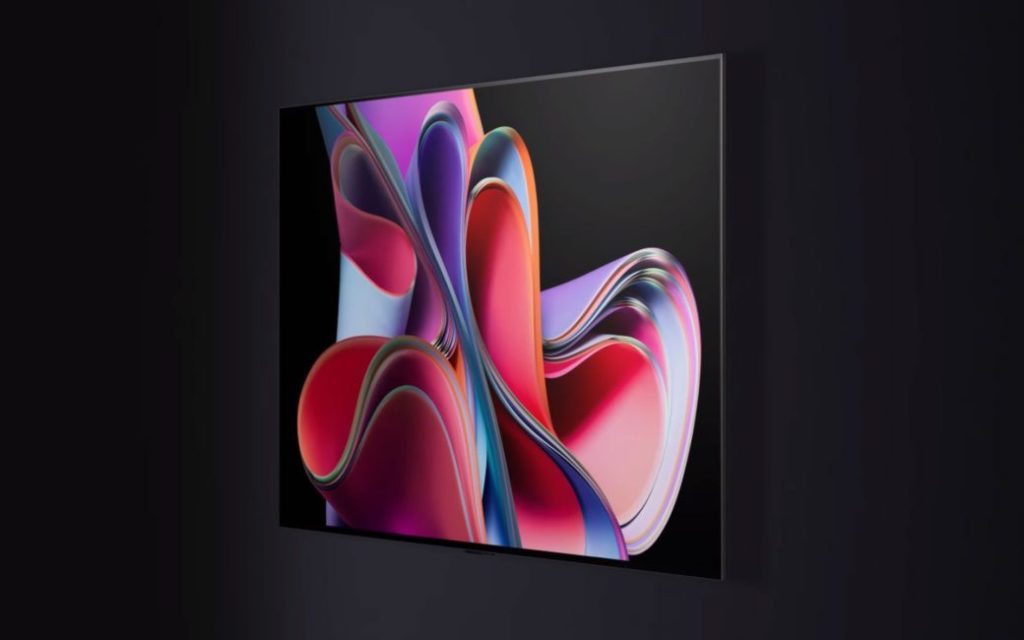
After the initial 3–4 months or so, a few modest discounts will start appearing here and there, leading to larger ones in the autumn and on Black Friday/Cyber Monday. The Sony Bravia XR A95L, which will be coming out in the summer at the earliest, is also using Samsung Display’s second-generation QD-OLED panel, so it will be interesting to see what the Japanese plan to charge for that model (given that it will probably be their best 2023 TV set too).
The LG C3 and the Samsung S95C (and the Sony A95L at some point) bring some much-needed excitement to the OLED TV space, being the first ones perfectly capable of offering their amazing picture quality in any room a modern quality television is expected to do so. But, truth be told, a lot of people preferring to watch movies and TV shows or playing video games in dark or even modestly-lit rooms don’t really have to pay the premium prices these advanced OLED TVs command right now.
That’s because a number of 2022 flagship models — such as the LG G2, the Samsung S95B, the Sony A95K or the Panasonic LZ2000 — and a number of 2023 midrange models — such as the LG C3, the Samsung S90C or the Sony A80L — will serve them well for much less. Last-gen OLED TVs are still more than good enough. For people who can afford the cost of entry, though, these three best OLED TVs of 2023 represent an option that simply wasn’t available up until now. In a tech market that often seems all too complacent, that alone is worth celebrating.





















